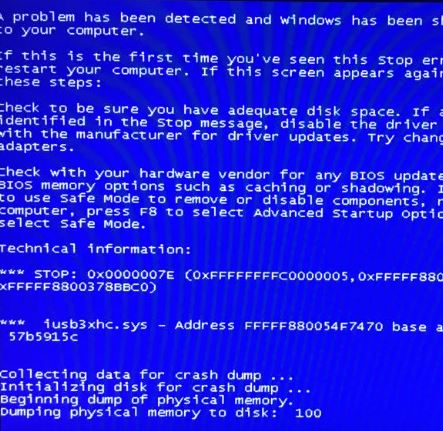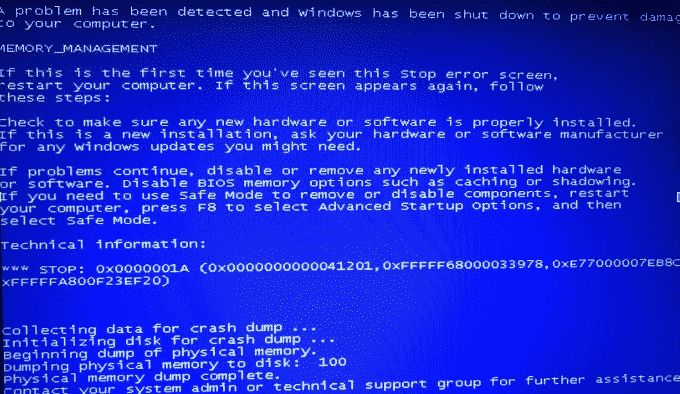

- #How to fix blue screen windows 7 install
- #How to fix blue screen windows 7 drivers
- #How to fix blue screen windows 7 update
- #How to fix blue screen windows 7 password
- #How to fix blue screen windows 7 license
Only the basic files and drivers necessary to run Windows are started, which can help you troubleshoot software problems. Safe mode starts Windows in a limited state.
#How to fix blue screen windows 7 password
If you're prompted for an administrator password or confirmation, type the password or provide confirmation.
#How to fix blue screen windows 7 update
In the list of hardware categories, find the device that you want to update, and then double-click the device name.Ĭlick the Driver tab, click Update Driver, and then follow the instructions. If you're prompted for an administrator password or confirmation, type the password or provide confirmation. Open Device Manager by clicking the Start button, clicking Control Panel, clicking System and Security, and then, under System, clicking Device Manager. You must be logged on as an administrator for this procedure. If a driver isn't self-installing, follow these steps: Most drivers are self-installing-after you download them, you can usually just double-click the file to begin the installation. You can typically find drivers on the device manufacturer's website. Make sure you have the latest driver for the device installed. If you recently installed a hardware device, such as a sound card or video card, an incorrect or improperly installed device driver might be causing the problem.
#How to fix blue screen windows 7 license
Read and accept the license terms, and then click Finish if the update requires it.

#How to fix blue screen windows 7 install
Select the check boxes for any updates that you want to install, and then click OK.Ĭlick Install updates. In the list, click an update for more information. If you see a message telling you that updates are available, or telling you to review updates, click the message to view and select the updates. In the left pane, click Check for updates, and then wait while Windows looks for the latest updates for your computer. In the search box, type Update, and then, in the list of results, click Windows Update. Open Windows Update by clicking the Start button.

You can check Windows Update manually to help ensure you have the latest updates to Windows 7 installed. Windows Update helps keep your computer up to date with the latest system updates and drivers. You’ve done your part.Recent updates from Microsoft might help fix the problem. If all that doesn’t work, call up for a replacement or repair. If this problem occurs shortly after installing a new program, remove that program right away.If on a laptop, change power settings to High Performance.Check and Repair Windows System Files.Check for viruses with your preferred antivirus software or Malwarebytes.BIOS updates can be found on your manufacturer’s website, and driver updates can either be done manually through Device Manager (use Start Search to find it) or with our Driver Reviver software.

Click on Start, type in mdsched.exe and allow the tool to check your computer memory (RAM) for problems.


 0 kommentar(er)
0 kommentar(er)
